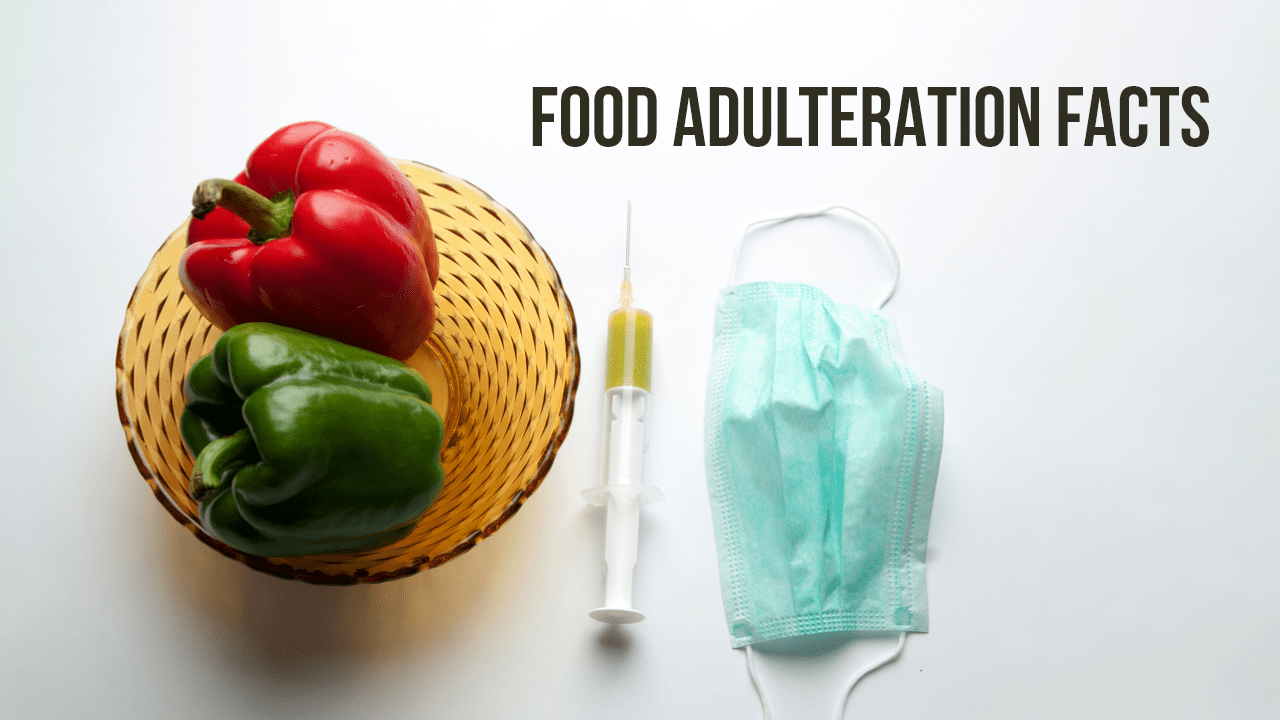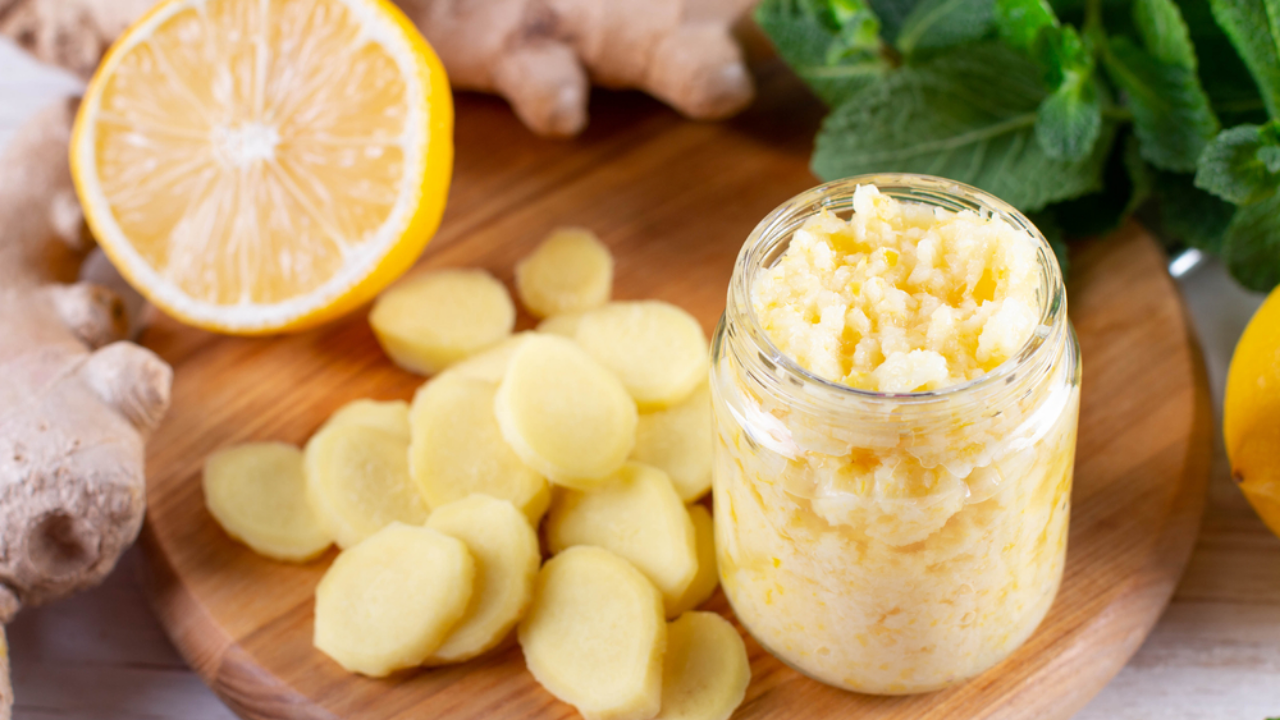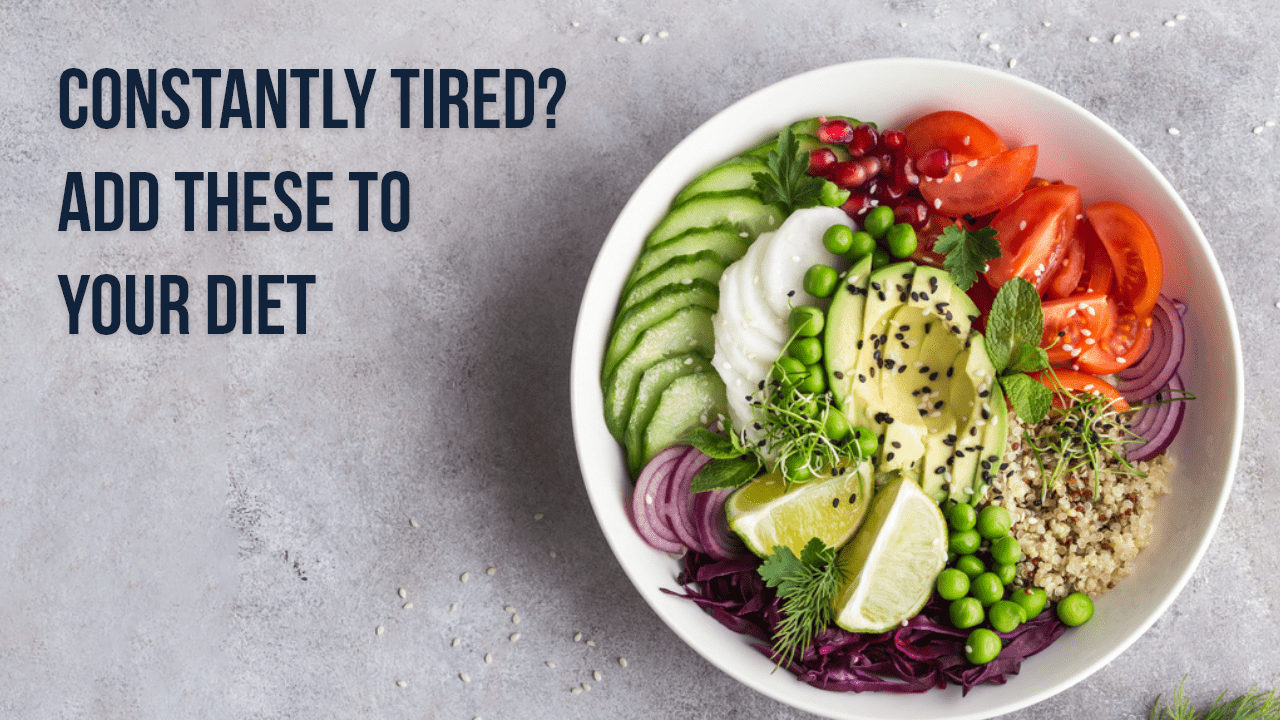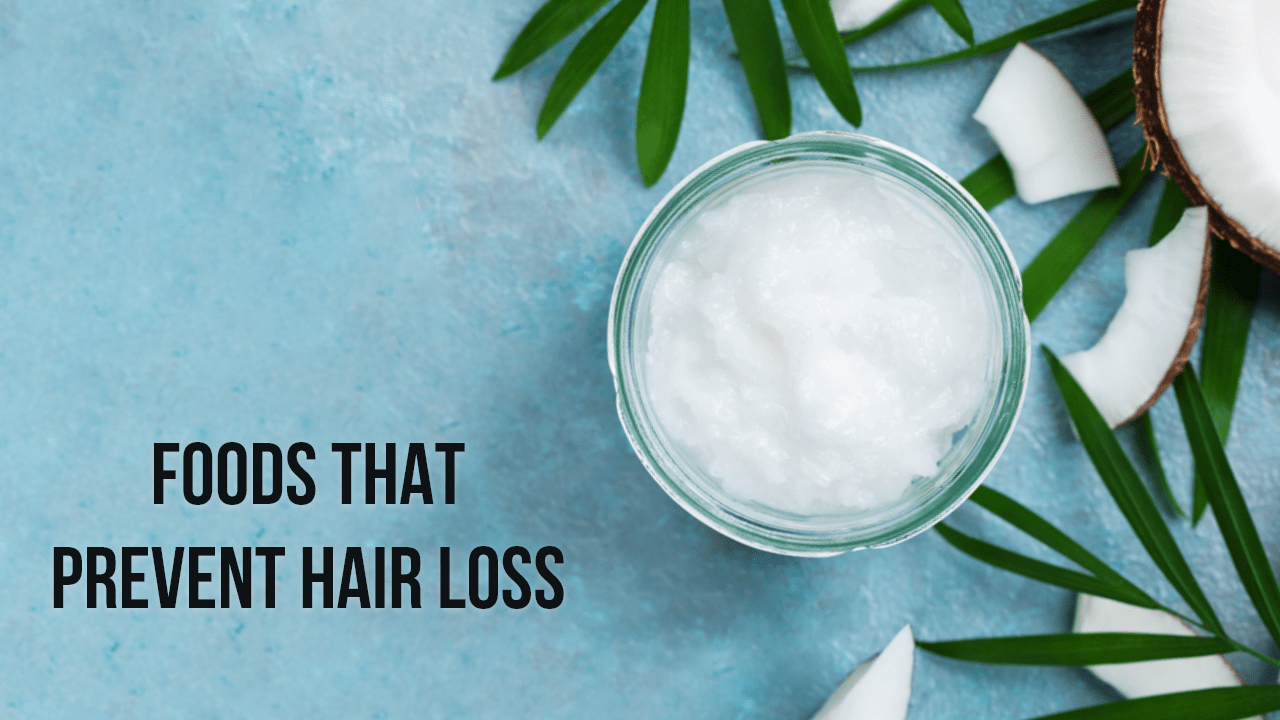
How to Detect Adulterants in Food Items?
While scrolling down my Facebook timeline last evening I came across this picture. For people like me who didn't get what it is in first look - this is your favourite Maggi after facing a ban in many states in India owing to the presence of harmful adulterants in the instant noodles. Sad? So am I. After all, this is one noodle that every kid from the 80s & 90s & even 2000s has grown up eating. This brings me to the fact that, it's not just Maggi but many other household food items that we enjoy eating are actually adulterated with stuff that is not suitable for human consumption.
What is food adulteration?
Adulteration of food is defined as the addition or subtraction of any substance to or from food so that the natural composition & quality of the original food substance is affected. It is difficult for the consumer to detect the extent of adulteration. Adulteration of foods can either be intentional, unintentional or natural.
Effects Of Food Adulteration
Food adulteration can have a range of harmful effects on health. It can not only lead to toxicity in the body but also can lead body to paralysis or eventually death. Thus, it becomes very important to detect these adulterants. Some of the adulterants are highly toxic for the body leading to heart failure, liver disorders, kidney disorders & many more. Adulteration also affects the quality of the product leading hindrance to the nutritive value of the product thus leading to nutritive deficiency in our body.
Here are simple household tests to help you detect the presence of common food adulterants in daily diet:
TURMERIC POWDER OR BESAN/DALS:
Adulterants: Metanil yellow, Kesari dal.
Test: Dissolve a spoonful of turmeric powder or besan in 20 ml of lukewarm water. Add any acid easily available at home like lemon (acetic acid), oranges (citrus acid) or any ascorbic acid (vitamin C fruits). If the water turns pink, violet or purple, it is adulterated.
HARMFUL EFFECTS: It's highly carcinogenic & can lead to stomach disorders if consumed continuously.
MUSTARD SEEDS:
Adulterants: Argemone seeds
Test: When pressed or crushed, argemone seeds are white inside & have a rough outer surface, while mustard seeds are smooth on the outside & are yellow on the inside.
HARMFUL EFFECTS: It can cause severe stomach & liver disorders.
ICE CREAM:
Adulterants: Washing powder
Test: Squeeze a few drops of lemon juice on the ice cream. If it starts to froth & bubble, it has washing powder in it.
HARMFUL EFFECTS: It can cause severe stomach & liver disorders
BLACK PAPER:
Adulterants: Papaya seeds
Test: Put a sample of alcohol. Pepper seeds will sink & papaya seeds will float as they are lighter.
HARMFUL EFFECTS: It can cause severe liver problems.
COFFEE POWDER:
Adulterants: Tamarind seeds, chicory powder
Test: Gently sprinkle the coffee powder on the surface of the water in a glass. The coffee will float whereas chicory will start to sink within a few seconds. Falling chicory powder will leave a trail of colour behind due to the large amounts of caramel it contains.
HARMFUL EFFECTS: These can cause diarrhoea, stomach disorders, giddiness & severe joint pains.
SUGAR:
Adulterants: Chalk powder
Test: Mix a sample with a glass of water. Sugar will dissolve chalk powder will settle down. On dissolving in water it gives a smell of ammonia.
HARMFUL EFFECTS: Highly toxic to the human body.
HONEY:
Adulterants: Water/sugar solution.
Test: A cotton wick dipped in pure honey when lit with a matchbox /lighter will burn giving its purity but if it is adulterated the water content won't allow it to burn.
HARMFUL EFFECTS: Affects the quality of the product.
BAJRA:
Adulterants: Ergot-infested bajra
Test: Soak in water all the adulterants will float.
HARMFUL EFFECTS: Affects the quality of the product
SAGO:
Adulterants: Talcum powder/sand
Test: Burn the sago, if pure it will swell & hardly leave any ash. If adulterated will leave behind a good quantity of ash.
HARMFUL EFFECTS: Highly toxic to the human body
CLOVES:
Adulterants: Coated with mineral oil
Test: If coated with mineral oil it gives the kerosene-like smell
HARMFUL EFFECTS: Highly toxic to the human body.
COMMON SALT:
Adulterants: Chalk powder
Test: Mix a sample with a glass of water. Salt will dissolve chalk powder will settle down.
HARMFUL EFFECTS: Highly toxic to the human body
IODISED SALT:
Adulterants: Common salt
Test: Cut a piece of potato, add salt & wait for a minute & add few drops of lemon juice. In the case of iodized salt blue colour will appear & if common salt no colour will appear.
HARMFUL EFFECTS: Affects the quality of the product
GREEN PEAS:
Adulterants: Artificially coloured
Test: Take 250ml of water in a beaker soak peas into it. Clear separation of colour in water shows adulteration.
HARMFUL EFFECTS: Toxic to the human body.
GREEN CHILLI & GREEN VEGETABLES:
Adulterants: Malachite green
Test: Take a cotton piece, soak in paraffin & rub it over the outer surface of the vegetable. If the cotton turns green we say that vegetable is adulterated by malachite green.
HARMFUL EFFECTS: Artificial colours can be dangerous.
SWEET POTATO:
Adulterants: Rhodamine B colour
Test: Take a cotton piece, soak in paraffin & rub over the outer surface of the vegetable. If the cotton absorbs the colour we say that vegetable is adulterated by rhodamine b colour.
HARMFUL EFFECTS: Artificial colours can be dangerous
COCONUT:
Adulterants: Any other oil
Test: Refrigerate the oil. Coconut oil will solidify leaving the rest of the oil/adulterant in a separate layer.
HARMFUL EFFECTS: Mixing of oil can lead to quality problems & heart problems if non-edible oils are mixed.









